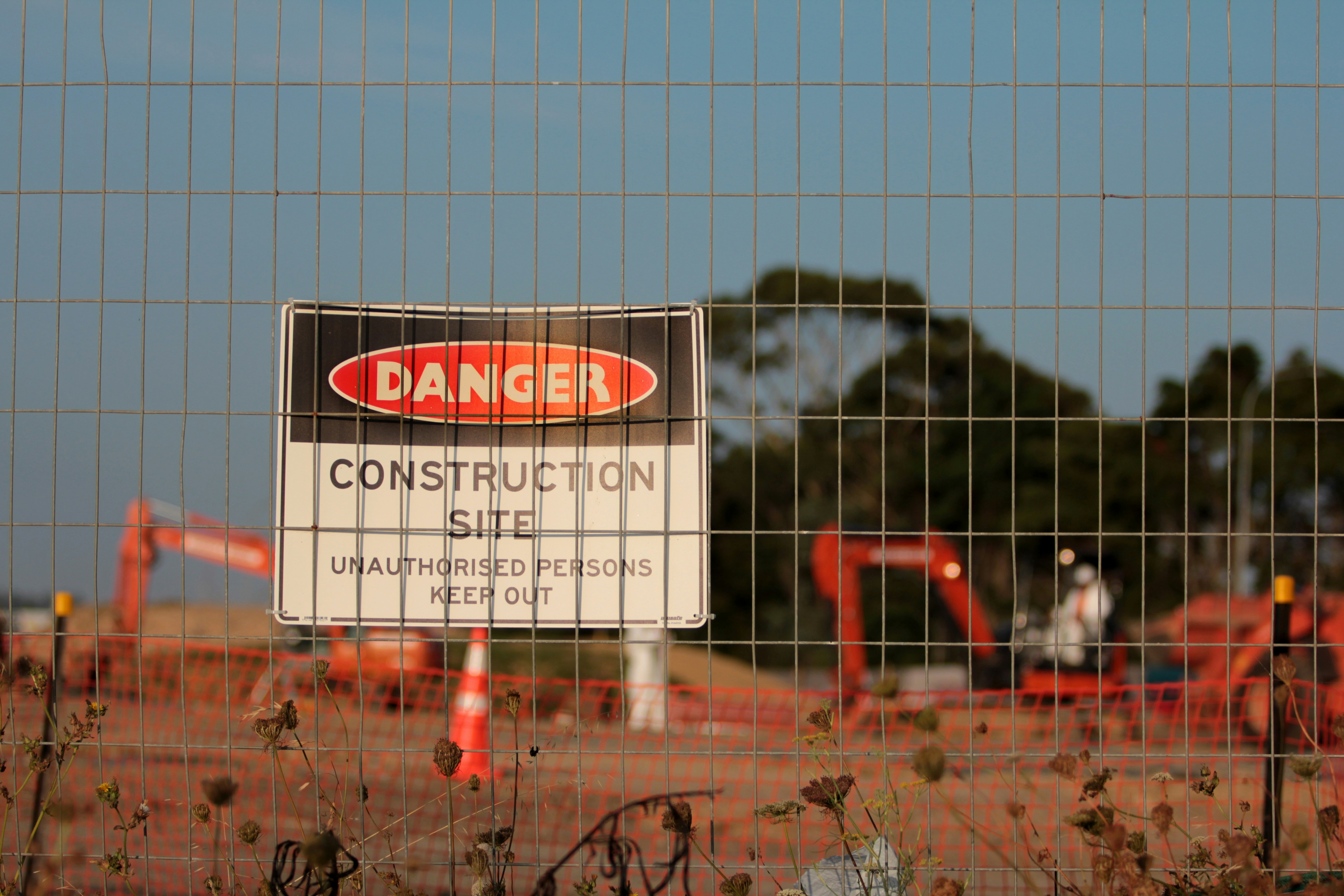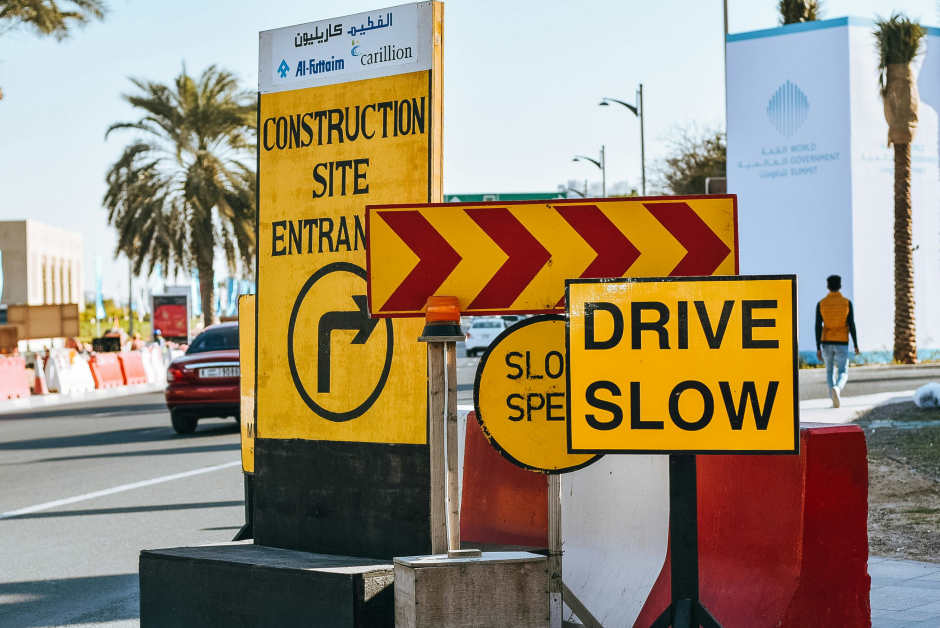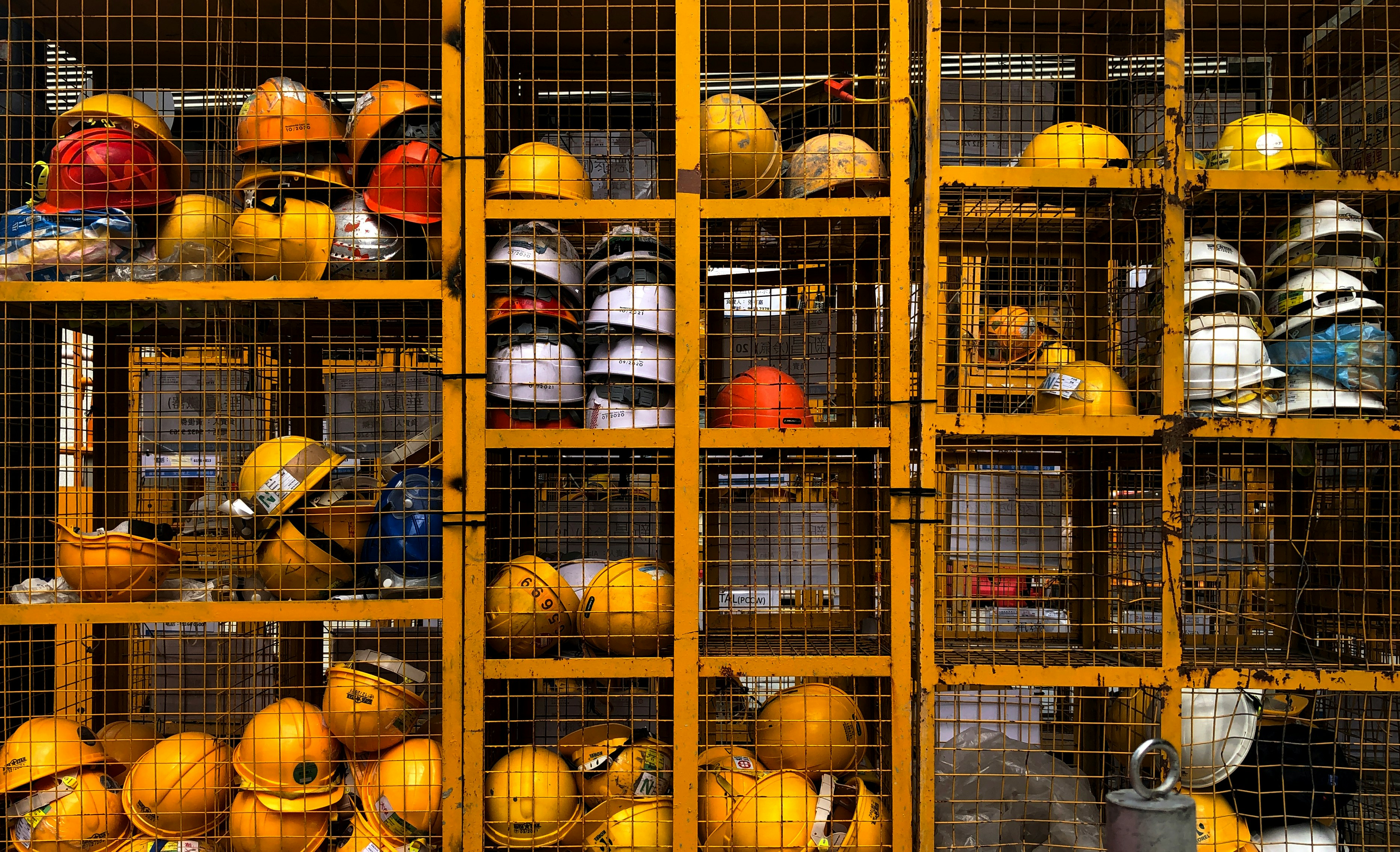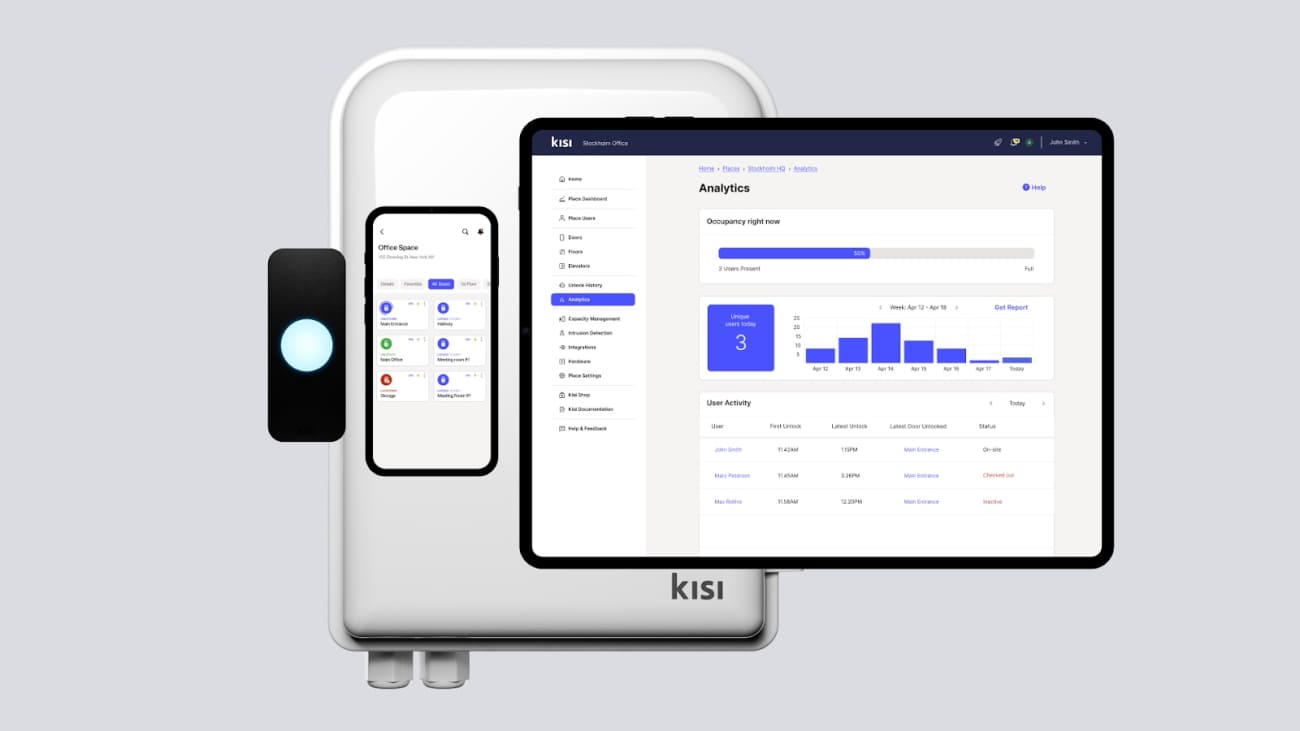Construction sites can be dangerous places. Heavy machinery and equipment, scaffolding, and loose materials pose a threat to workers and passersby alike. Most construction companies take precautions and follow safety procedures to protect everyone who comes near or onto a site, and security systems are a critical part of that equation.
Implementing a robust construction site security system minimizes risks, increases accountability, and supports consistent regulatory compliance. This article explores the core components of construction site security, explains why you need it, and details how you can incorporate it into a finished building’s long-term security plan.

What is construction site security? #
Construction site security is a series of measures companies use to limit the chance of criminal activity and accidents. A well-structured security system addresses potential threats facing a variety of people and assets, including:
- Construction workers
- Equipment
- Materials
- Tools
- Visitors
- Nearby community members
With security solutions, construction companies can keep these and other people and assets safer by restricting access to their sites and enabling quick responses to threats and incidents.
Why do construction sites need security? #
When people think of targets for criminal activity, they often focus on retail stores, banks, and residential buildings. However, construction sites are equally, if not more, vulnerable locations because they’re out in the open and easily accessible. Leaving a construction site unsecured gives bad actors a prime opportunity to take items or cause damage.

Mitigating key threats #
Construction sites face different challenges from many other types of properties. These are some of the most common security concerns they encounter:
- Theft: Experts estimate that construction sites lose $1 billion annually to equipment and material theft each year, and those losses are even more likely if the site is unmonitored. In addition to losing their physical assets, construction companies can also experience setbacks and delays due to incidences of theft.
- Vandalism and property damage: Even if they don’t steal your equipment, criminals can still cause expensive problems on your construction site. Vandalism and property damage often require extensive cleanup and repairs, which slows down construction progress and increases the overall cost of the project, an expense that ultimately falls on the company doing the work.
- Hazardous environments: Construction sites are often highly visible, placed in the middle of busy public areas. People who enter the site without the proper knowledge and protective equipment might fall into holes or trenches, suffer injuries from equipment, or get hit by loose materials.
- Fires: Intruders on construction sites can intentionally or accidentally start fires. If an untrained person gains access to chemicals, flammable materials, or exposed electrical lines on site, they can cause a fire or—in the worst cases—an explosion.
- Data breaches: Along with equipment and materials, most construction sites also have computers and other devices with access to valuable data. When someone enters the site without authorization, they can access sensitive project and employee information, potentially stealing it and compromising your systems.
Unfortunately, criminal activity on construction sites appears to be on the rise. In a 2024 survey, 62% of construction site workers said that on-site theft had increased over the past year. A security system can help protect construction sites from these increasingly frequent activities. This ultimately helps save money by avoiding asset replacements, repairs, and project delays. Companies with effective security may also have lower insurance premiums because they’re less likely to file claims for injuries and lost, stolen, or damaged property.
Addressing regulatory and reputational concerns #
In many jurisdictions, construction sites are subject to strict security requirements and safety regulations. A security system helps you maintain compliance by ensuring only authorized individuals enter the site. It makes it easier to keep sites organized and orderly, promotes greater worker safety, and enables you to document your security practices.
Implementing a security system is also essential to construction companies that want to maintain a positive reputation. It shows that you prioritize safety and take security threats seriously, which encourages customer confidence and loyalty.

Types of construction security solutions #
Construction companies use different security solutions based on their locations and vulnerabilities, as well as the expected length of the project. For most construction sites, however, a security system consists of several components that work together to protect every aspect of the project.
Fencing #
Although it’s one of the simplest elements of a security system, fencing is critical to protecting a construction site. Many companies use metal fences to mark the site’s perimeter and prevent people from accidentally wandering into the area. Fences can also discourage prospective thieves from trying to access equipment and materials. Combined with video surveillance and access control, fencing allows you to create a comprehensive solution that makes your construction site more secure.
Access control #
In addition to fences, construction companies often install turnstiles, gates, doors, or other entry points. However, these barriers offer limited protection on their own.
Access control systems significantly strengthen your entry and exit security. Using card readers, biometric scanners, keypads, and other technologies, you can restrict who enters the site. Rather than simply opening the door or gate, employees have to scan their access control credentials to enter. Individuals without valid credentials will not be able to trigger the door to unlock.
In addition to preventing unauthorized access, this type of system can also send intrusion alerts to notify you if someone enters the site without permission. Because you can receive these alerts on your mobile device from any location, you can rest assured that you’ll be the first to know if someone tries to gain access to your construction site.
An access control solution like Kisi also allows you to track the movement of construction workers and anyone else who visits the site, such as project managers, property owners, and third-party contractors. Maintaining these records of activity allows you to document who has been on-site at all times and demonstrate that you’re in compliance with safety and security requirements.
Security cameras #
Construction site security cameras capture a video feed of activity, which you can record and monitor live. Most modern business camera systems have remote monitoring capabilities, allowing you to connect to mobile devices, such as phones and tablets, so project managers and security personnel can see what’s happening at any time. The ability to keep eyes on your construction site means that you can immediately identify and respond to perimeter breaches.
If potential intruders approach your site, they’re less likely to attempt to steal equipment or vandalize the property if they know they’re being watched. As a result, the mere presence of cameras can deter criminal activity. Connecting your cameras and access control will further enhance your security, enabling you to prevent tailgating attacks and other incidents.
Alarm systems #
People often associate alarm systems with finished, occupied buildings, but they’re just as important for construction sites. For example, motion detectors can sense unauthorized movement within the property. Similarly, perimeter alarms trigger if someone crosses the site boundary, warning you the moment they begin entering the site.
These alarm systems generally alert security personnel, property management, and, if necessary, local law enforcement when a security breach occurs. This allows for faster responses and better risk mitigation.
In addition to alarms, construction companies can also use motion-activated lights that turn on when someone steps in front of them. This lighting illuminates the property, alerting security personnel to a potential problem while also deterring criminal activity.

Signage #
Although signs aren’t high-tech or elaborate, they’re crucial to your construction site security and compliance. Place signs around the site notifying people that they’re entering or passing a potentially hazardous area. Your signs should offer specific details about the dangers present on the site.
Another important point to cover on security signage is details about your approach to security. This includes the systems you use, such as alarms and cameras, and the consequences individuals can face for trespassing on the property. When bad actors are fully aware of the security measures you’ve taken, they’re less likely to try to enter without authorization.
Transitioning from construction site to building security systems #
Having an open access control or security solution is vital when setting up the system for your construction site. For example, if your company has a go-to video surveillance provider but wants to add access control to a new site, Kisi allows you to integrate different solutions and create a seamless approach to security.
Many construction sites use temporary security systems to address the unique needs of a constantly changing and often dangerous environment. While some companies dismantle and remove that system when the project is complete, there may be a more efficient and cost-effective alternative.
If the construction company uses flexible security solutions, you may be able to integrate elements of them into the system for the completed building. Using an open system like Kisi allows you to scale your access control to encompass a larger site. You can also integrate the platform with the new building’s permanent security system.
Safeguard your construction site with Kisi #
Whether it’s a would-be criminal or an unsuspecting community member, having anyone without authorization enter your construction site is a recipe for disaster. They can steal or damage your equipment and materials, cause harm to themselves, and pose a threat to your workers. A construction site security system is your best defense against both malicious and accidental intrusions.
Kisi’s scalable, future-proof access control system is an ideal solution for both your construction sites and the properties you complete. Reach out to the Kisi team to get a quote and request a free demo.






